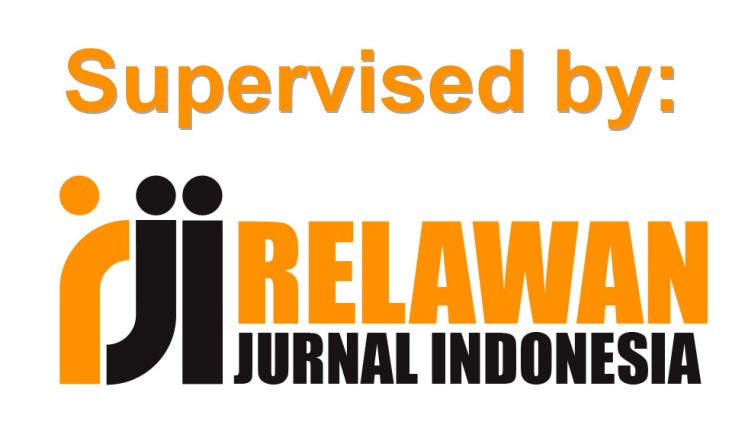UI/UX Design Of D'Paragon Employee Attendance System Using Thinking Design Method
Abstract
Keywords
Full Text:
PDFReferences
E. B. Setiawan and B. Kurniawan, “Perancangan Sistem Absensi Kehadiran Perkuliahan Dengan Menggunakan Radio Frequency Identification (RFId),” J. CorelT, vol. 1, no. 2, pp. 44–49, 2015, doi: 10.35889/progresif.v17i1.573.
Nuranti, “Berkenalan dengan User Interface : Pengertian, Komponen, - Nemolab,” Nemolab, 2021. https://nemolab.id/berkenalan-dengan-user-interface-pengertian-komponen-hingga-prinsip/ (accessed Nov. 11, 2022).
M. R. Adani, “User Experience (UX): Definisi, Tujuan, Model, Dan Penerapan,” Sekawan Media, 2020. https://www.sekawanmedia.co.id/blog/pengertian-user-experience/ (accessed Nov. 22, 2022).
A. H. Fauzi and I. Sukoco, “Konsep Design Thinking Pada Lembaga Bimbingan Belajar Smartnesia Educa,” Organum J. Saintifik Manaj. dan Akunt., vol. 2, no. 1, pp. 37–45, 2019, doi: 10.35138/organum.v2i1.50.
H. Plattner, “An introduction to Design Thinking,” Iinstitute Des. Stanford, p. 6, 2010.
DOI: http://dx.doi.org/10.30646/tikomsin.v11i2.790
Refbacks
- There are currently no refbacks.
Editorial Office :
TIKomSiN : Jurnal Teknologi Informasi dan Komunikasi Sinar Nusantara
Published by STMIK Sinar Nusantara Surakarta
Address KH Samanhudi 84 - 86 Street, Laweyan Surakarta, Central Java, Indonesia
Postal Code: 57142, Phone & Fax: +62 271 716 500
Website: https://p3m.sinus.ac.id/jurnal/index.php/TIKomSiN
Email: tikomsin @ sinus.ac.id

This work is licensed under a Creative Commons Attribution-NonCommercial-ShareAlike 4.0 International License.










